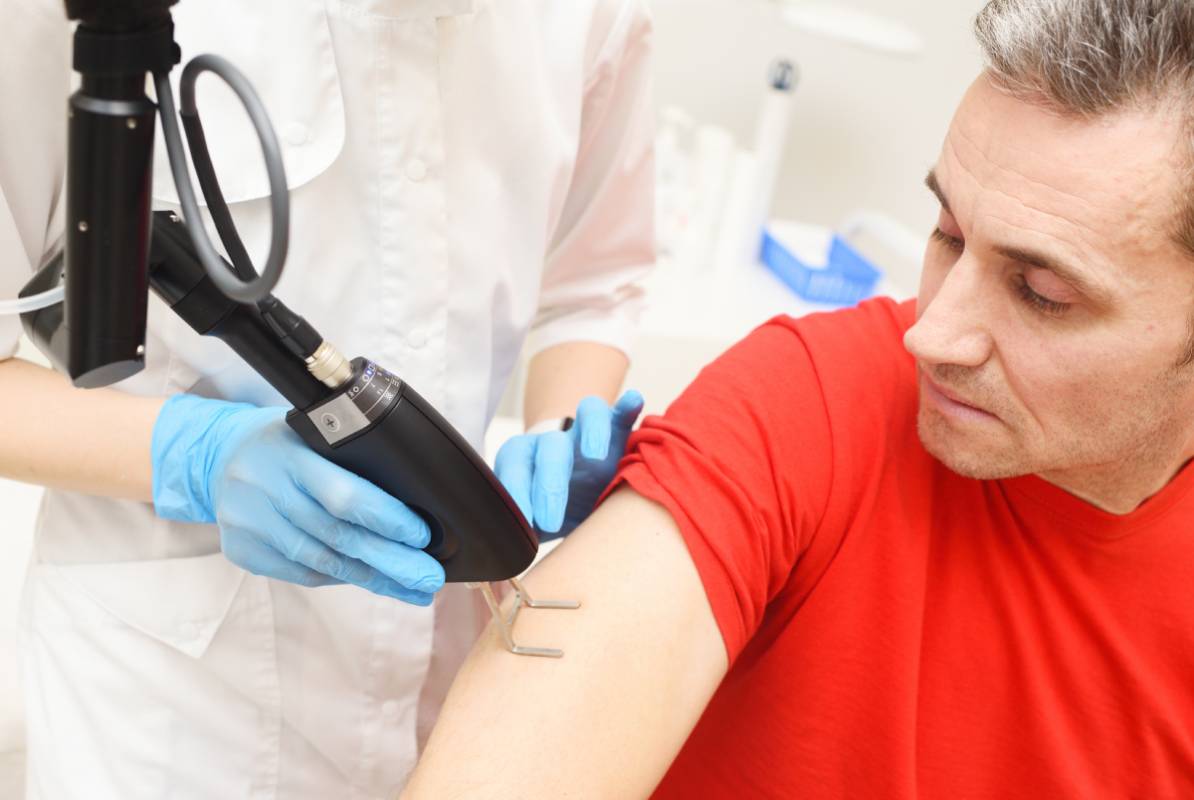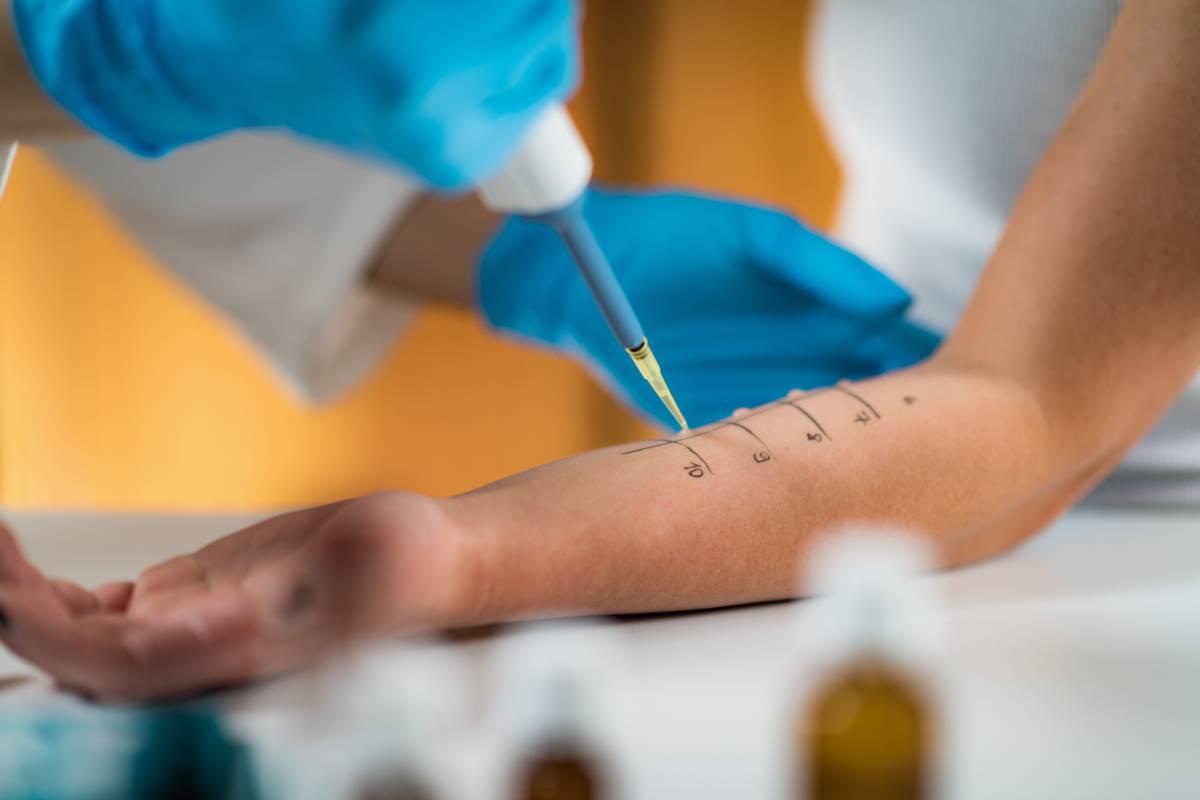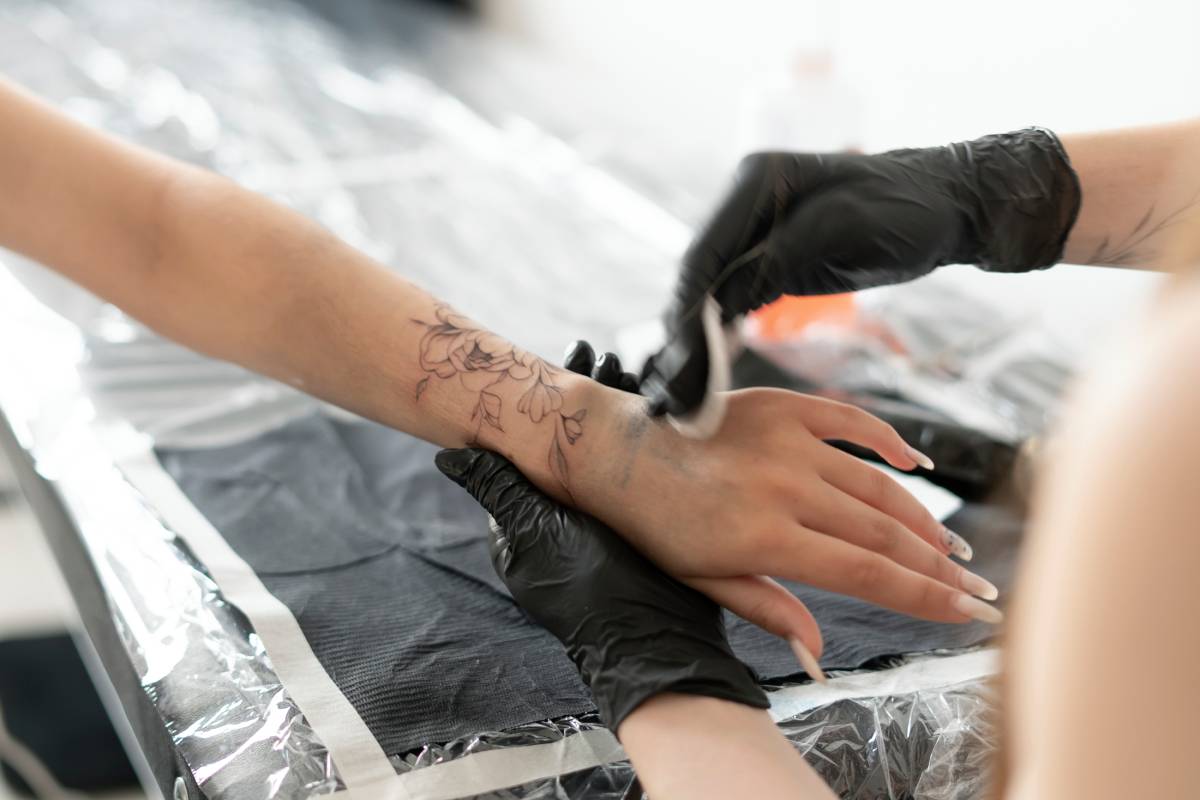Tattoos are an enduring form of personal expression, with millions of people around the world choosing to ink their bodies as a means of storytelling, artistry or marking important life events. However, what happens when that once cherished design no longer fits your lifestyle or preferences?
Whether it’s due to a change in taste, a regrettable impulse decision, or a desire for a fresh start, the thought of tattoo removal can be overwhelming. The question arises: Can a permanent tattoo truly be removed?
Can tattoos be removed naturally, or is professional help necessary? This article explores tattoo removal methods, the pain involved, and the possibility of complete erasure to guide your decision.
Can a Permanent Tattoo Be Removed?
Whether a tattoo can be completely removed depends on factors like its type, location, ink used, and how long it has been on the skin.
Permanent tattoos, embedded in the dermis, are resistant to fading but may naturally lighten over time due to sun exposure and skin cell shedding.
While various removal methods exist, complete removal isn’t always guaranteed, with some tattoos leaving faint outlines or shadows. Success largely depends on the professional’s skill, the method used, and the individual’s skin type.
Common Methods of Tattoo Removal

There are several methods to remove a tattoo, ranging from professional treatments to home remedies.
While professional methods are generally more effective, some individuals seek natural or at home alternatives. Let’s take a closer look at each option.
Professional Tattoo Removal Methods
Laser tattoo removal is the most common and effective method for removing tattoos. During the procedure, a laser is used to break down the ink particles in the tattoo.
The body then naturally eliminates these ink fragments through the lymphatic system. This method requires multiple sessions, and the number of sessions needed will depend on the size, color, and location of the tattoo.
Dermabrasion
Dermabrasion involves the use of a rotating device to “sand” the skin and remove the tattooed area. This method can be quite painful, and it may leave scars or discoloration.
While dermabrasion can effectively remove tattoos, it is generally considered a more invasive procedure compared to laser treatment.
Surgical Excision
Surgical excision involves cutting out the tattooed skin and stitching the remaining skin back together. This method is typically reserved for smaller tattoos, as it can leave scars.
Surgical excision may be an option for those who want a permanent solution but are willing to accept the potential scarring.
Tattoo Removal Creams
Tattoo removal creams claim to fade tattoos by breaking down ink, but most are not FDA approved, often ineffective and may cause skin irritation. Dermatologists generally do not recommend them.
Natural Tattoo Removal Methods

Some individuals may prefer to explore natural or at-home methods for tattoo removal. While these methods may not be as effective as professional treatments, they offer a more affordable and less invasive approach.
However, it’s important to manage expectations when using natural methods, as they may only help to fade the tattoo rather than completely remove it.
Lemon Juice
Lemon juice, a natural bleaching agent, can help fade tattoos over time by exfoliating the skin and lightening the ink.
Applying fresh lemon juice to the tattoo and repeating the process regularly for weeks may lighten the tattoo but is unlikely to completely remove it.
Aloe Vera
Aloe vera is known for its soothing properties and can help moisturize and heal the skin. Some people believe that regular application of aloe vera gel can fade a tattoo by promoting the growth of new skin cells.
However, there is no scientific evidence to support the idea that aloe vera can significantly reduce the appearance of a tattoo.
Salt Scrubs
Salt has exfoliating properties that may help remove the outer layers of skin, potentially fading the tattoo over time.
Some individuals create homemade salt scrubs by mixing salt with oils or other ingredients and massaging it into the tattooed area. This method can be harsh on the skin and may lead to irritation, so it should be used with caution.
Honey and Yogurt
Honey, yogurt, and bee-derived products are all natural ingredients known for their moisturizing and skin-healing properties.
Honey, in particular, has antibacterial and soothing effects, while yogurt contains lactic acid that helps exfoliate the skin.
Some people use a mixture of honey, yogurt, and bee derived products to exfoliate the skin and fade tattoos. However, as with other natural methods, the results are typically slow, and this approach may not work for everyone.
How Painful Is Tattoo Removal?

Tattoo removal can be a painful process, and the level of discomfort varies depending on the method used. Here’s what you can expect from some of the most common tattoo removal methods:
Laser Tattoo Removal
Laser tattoo removal is often described as feeling like a rubber band snapping against the skin. The pain can be intense, especially for larger tattoos or those located on more sensitive areas of the body.
However, most people find the discomfort to be manageable, and topical numbing creams or local anesthesia are often used to reduce pain during the procedure.
Dermabrasion
Dermabrasion can be quite painful, as it involves physically removing layers of skin. The procedure is typically performed under local anesthesia, but some individuals may still experience discomfort afterward during the healing process. The skin may be red, swollen, and sensitive for several days after dermabrasion.
Surgical Excision
Surgical excision is performed under local anesthesia, so the procedure itself should not cause significant pain.
However, there may be discomfort during the healing process as the skin heals and scar tissue forms. Scarring is a common side effect of surgical excision, which can be a major consideration for some people.
Tattoo Removal Creams
Tattoo removal creams are generally not painful to use, but they may cause skin irritation, burning, or itching.
The results can vary greatly, and some people may experience allergic reactions or skin damage from using these creams.
Conclusion
Removing a tattoo, especially a permanent one, is a challenging process. While professional methods such as laser tattoo removal offer the best chance of complete removal, natural methods such as lemon juice or aloe vera may help fade tattoos, but they are unlikely to completely erase them.
Tattoo removal can be painful, with the level of discomfort varying depending on the method used. If you’re considering tattoo removal, it’s important to research your options and consult with a professional to determine the best course of action for your individual needs and preferences.
Whether you choose a natural method or opt for a professional treatment, managing expectations and understanding the potential challenges will help you make an informed decision.



